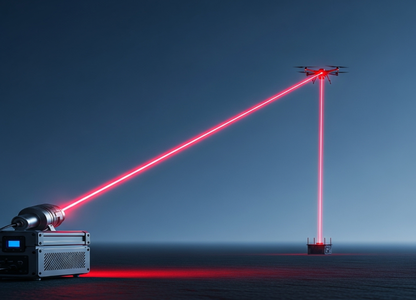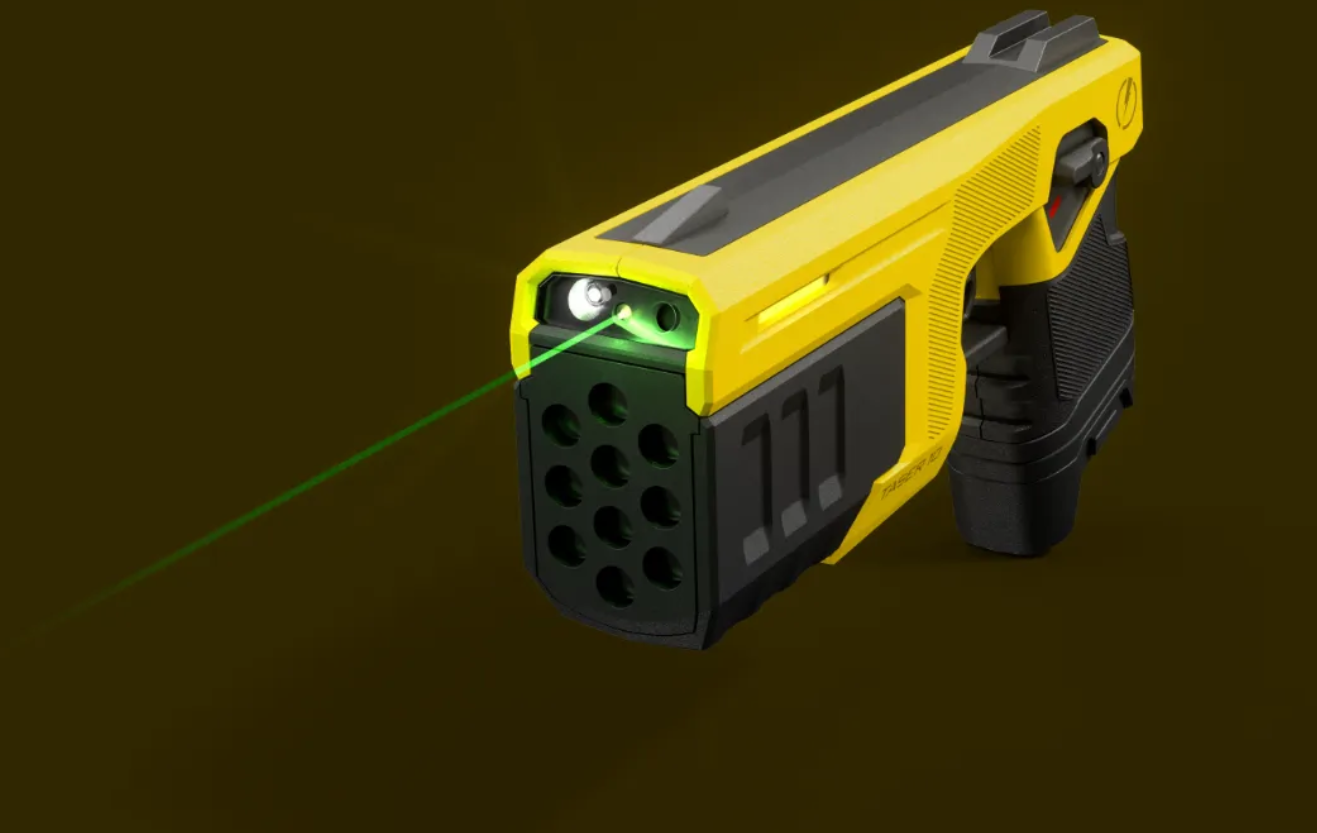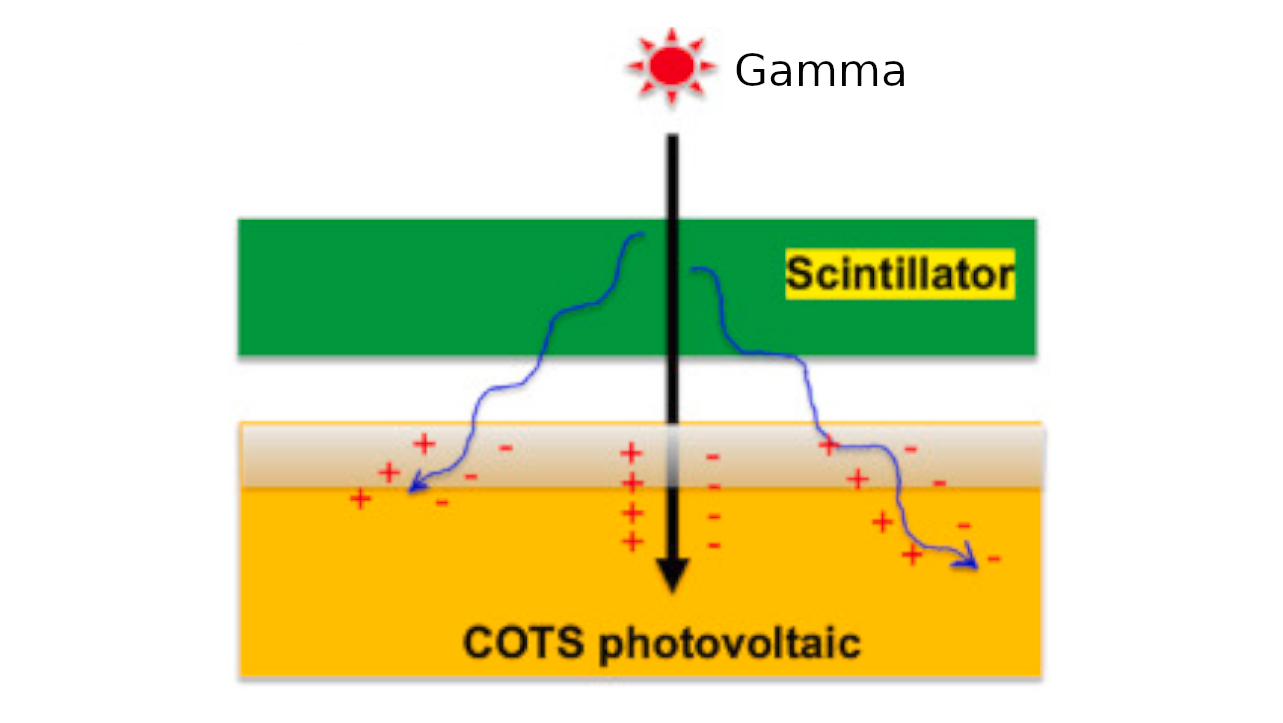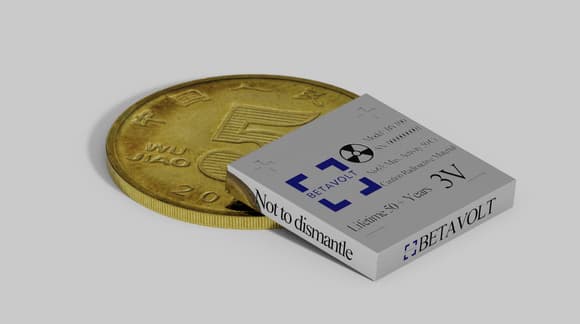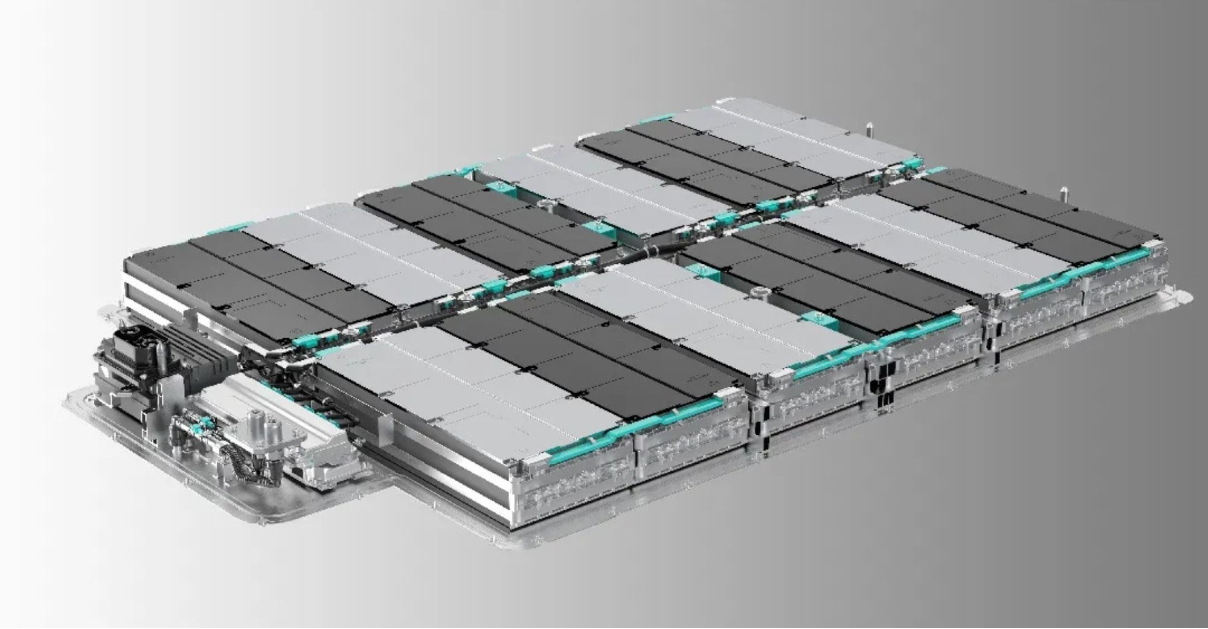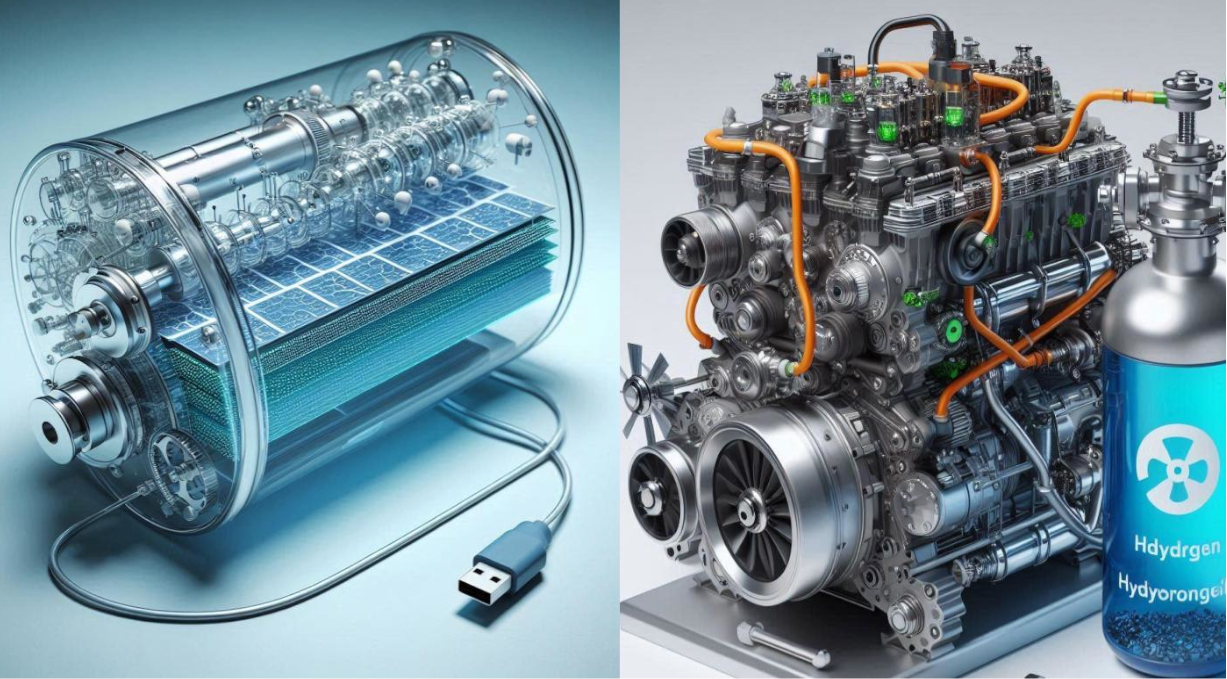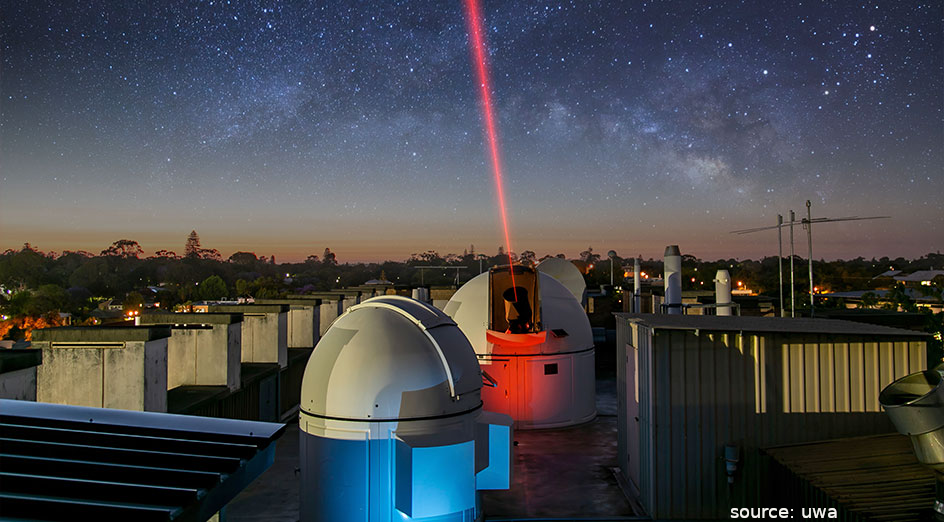In a remarkable technological advancement, the POWER program—under the U.S. Defense Advanced Research Projects Agency (DARPA)—achieved an unprecedented milestone in June 2025 in the field of wireless energy transfer. The program successfully transmitted more than 800 watts of power across 8.6 kilometers using a laser beam in New Mexico.
Previously, the POWER system had managed to emit a 230-watt beam over a distance of 1.7 kilometers for 25 seconds. Now, that capability has increased to 800 watts for 30 seconds across the full 8.6 kilometers.
This promising technology operates by converting electrical power into a highly concentrated laser beam at the transmitter. That beam is then precisely directed over a long distance toward a distant receiver. The receiver, equipped with specialized solar cells, absorbs the laser light and converts it back into usable electrical energy. Although still in its early stages, this achievement marks an important step toward a future where energy can be transmitted without wires.
The project was developed in collaboration with several companies and relies on a specialized receiver known as the Prototype Retrofit Array for Directed-energy (PRAD). This receiver consists of a spherical structure featuring a small aperture that allows the laser beam to enter. Once inside, the beam strikes a parabolic mirror that disperses the light and directs it toward an array of photovoltaic cells. These cells, while similar to traditional solar panels, are optimized to absorb laser light, enabling them to convert it once again into electric current.
Although the system’s current efficiency is only 20%—meaning that most of the energy is lost during transmission and conversion, making it commercially unviable for now—DARPA's primary focus is on proving the concept and refining the technology so it can become more effective and practical.
The ultimate goal of the project is to integrate this technology into high-altitude unmanned aerial vehicles that can avoid obstacles on the ground, capture the laser beam, and convert it into energy to power remote units—eliminating the need to deliver fuel or batteries by conventional, slow, and often difficult means.
